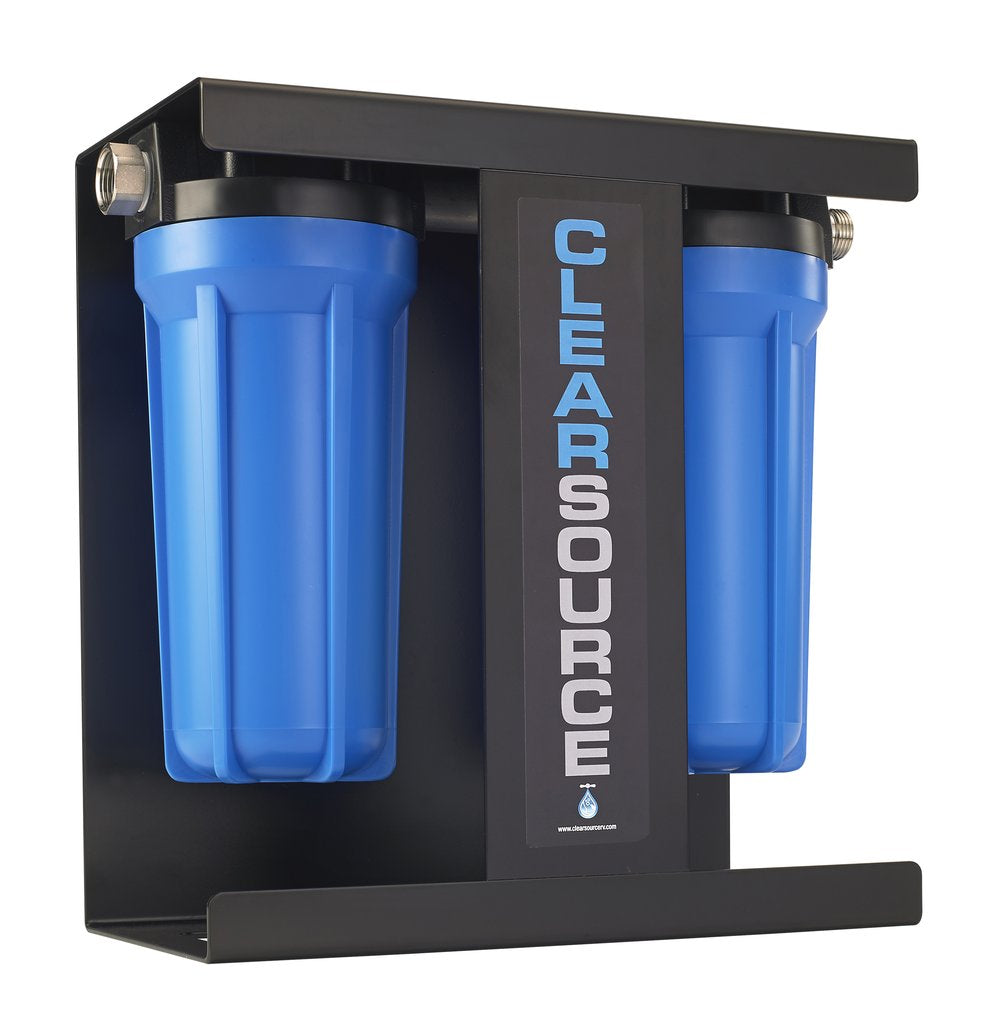
HOW TO FILTER YOUR ONBOARD WATER FROM A DOCKSIDE SOURCE
When filling the freshwater tank on your boat, the water comes from a hose bib. To ensure you are getting nothing but pure, clean water, you want to use a filter system in between the hose connection and your boat. To ensure it doesn’t take all afternoon to fill the tank, you need a system with high flowing canisters that won’t restrict the flow of water.
Water filters work by passing the water through a medium. The medium has pores large enough for water molecules to pass, but small enough to block contaminants.
Contaminants range in size. Silt and sediment range in size from 50 to 150 microns. Other contaminants are much smaller. Bacteria range in size from 2 to 10 microns. Cysts like giardia can be as small as .5 micron.
Filters are rated by the size of their pores. A filter with a rating of 100 microns might reduce the sediment in your water, but it will leave in harmful chemicals, bacteria and cysts. Many small in-line filters, typically blue and about the size of a cucumber, are rated at 100 microns – or not at all.
In a two canister system, the first canister has a filter element designed to reduce silt and sediment. A 5 micron rating is perfect for this task. The second element should be rated to reduce smaller contaminants. A .5 micron (one-half micron) rating is best for this purpose.
To ensure you are getting safe, clean, great tasting water in your rig, buy a water filter system made for dockside use. Make sure it has high quality filters, and that it sets up conveniently on the dock with a built-in stand.
Those blue, in-line filters also have narrow passages that choke off your water flow. Make sure you use a system that delivers a high flow rate.
